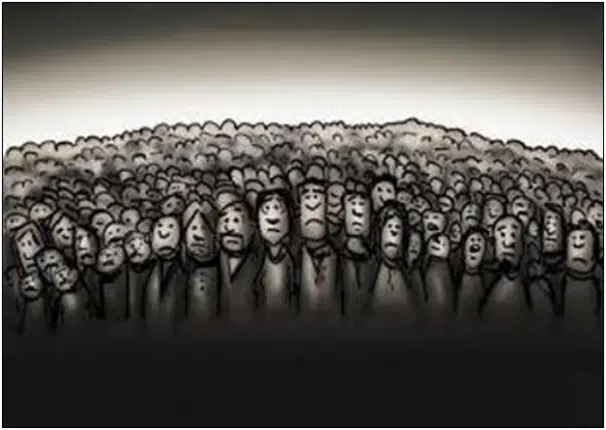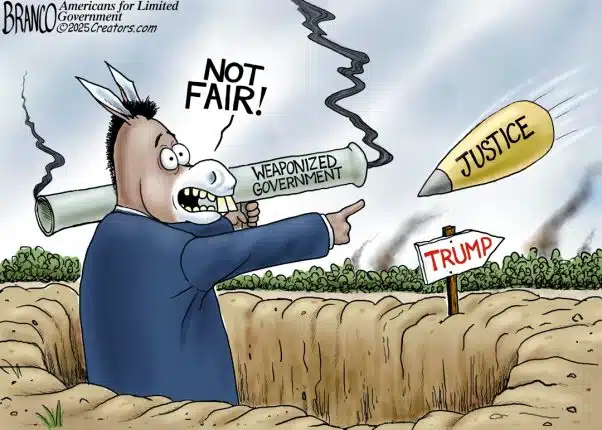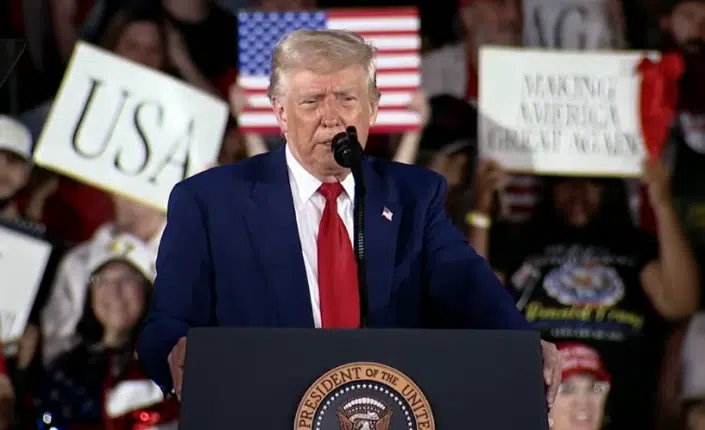 By David Nace — For decades we have been told that unions help the middle class. We have heard it from unions, from politicians that receive union contributions and from a sympathetic media. However, when one examines the facts, this claim is completely false.
By David Nace — For decades we have been told that unions help the middle class. We have heard it from unions, from politicians that receive union contributions and from a sympathetic media. However, when one examines the facts, this claim is completely false.
How can an organization that represents a small minority the workforce, just over 10%, but whose actions force the other 90% to pay higher prices for everything they purchase and in addition, higher local, state and federal taxes, claim they are helping the middle class? Yet that is exactly the claim that unions and their political supporters have made for decades.
Even in times of greatly expanding union membership, the middle class paid a price for union expansion through higher unemployment and higher prices. Starting in 1933, FDR used the National Industrial Recovery Act (NRA) to encourage companies to establish cartels in most industries and set the minimum prices that could be charged in exchange for favorable unionization policies in their companies. These policies more than doubled the number of union members in just one decade. The Supreme Court ruled that the NRA was unconstitutional 2 years later, but the damage had already been done.
The NRA increased the cost of products by 40% at a time when few people could afford higher prices. Consequently, industrial production fell by 25% after the NRA was enacted. To put this into perspective, by 1930 the economy had already started to recover from the Stock Market Crash of 1929. Unemployment which was 5% before the crash had spiked at 9% in the winter of 1929 and then started to fall. Once the Smoot Hawley Tariff, NRA and other progressive policies were enacted, however, unemployment rose from 9% to 20% and stayed above 15% for the rest of the decade. It was not until the Japanese bombed Pearl Harbor and 12 million people were inducted into the military, that employment returned to pre-Stock Market Crash levels.
Today, union membership is a far cry from its peak in the 1950’s when 30% of the workforce was unionized. Only about 10% of the workforce is unionized and approximately half works for local, state and federal governments.
When unions in a manufacturing company make wage or benefit demands or impose restrictive work rules, they raise the cost of products that the company makes. If few other companies make that product, the other 90% of the middle class is forced to pay higher prices. However in many cases, suppliers in other countries are able to provide that product at a lower cost. This eliminates American middle class jobs. The demise of the steel and auto industries is a perfect example of what happens when union demands exceed the realities of the market place. When an entire industry is decimated by the exorbitant wages and benefits of a few unionized companies, the middle class is hurt by lost jobs throughout that industry.
Unions in the public sector are even more damaging to the middle class. As the result of unions using member dues to help elect both Democratic and Republican politicians that will support union wages and benefit demands, only 10% of the workforce is able to impose costs that the other 90% of taxpayers must pay for. When these same politicians allow extravagant retirement benefits in union contracts, but fail to fund the benefits to avoid making the taxpayers aware of the true costs, the middle class is hurt even more. Many states will not allow the modification of union retirement benefits regardless of the extravagance of the benefits or the cost to the taxpayers. The middle class taxpayer is ultimately left to fund the benefits promised by union supported politicians but never funded.
Unions have done an excellent job of portraying themselves as the defender of the middle class. In reality, whether the union concentration is 30% or 10%, the only people that have benefited from unionization are union members and union leaders, to the detriment of the rest of the middle class.
David Nace, an Executive Vice President of a Pennsylvania construction and engineering company, is a Liberty Features Syndicated writer.






